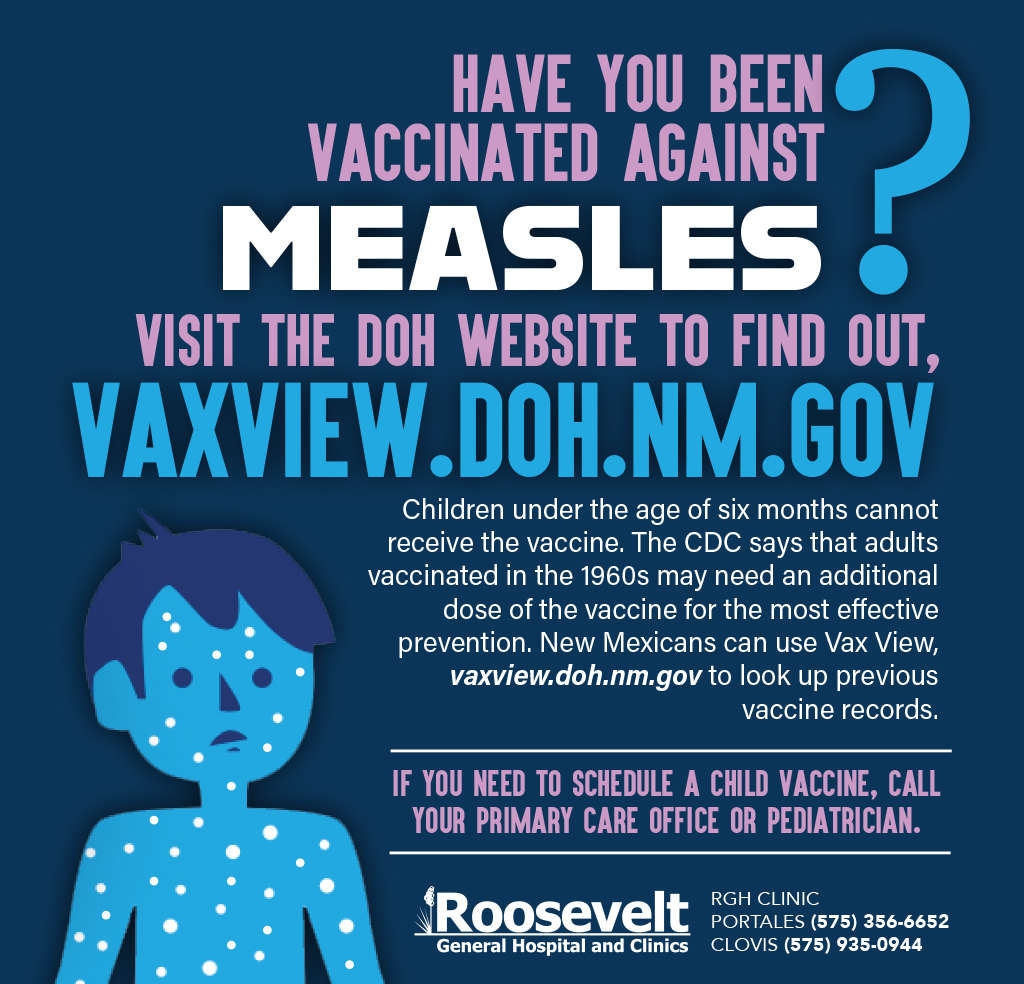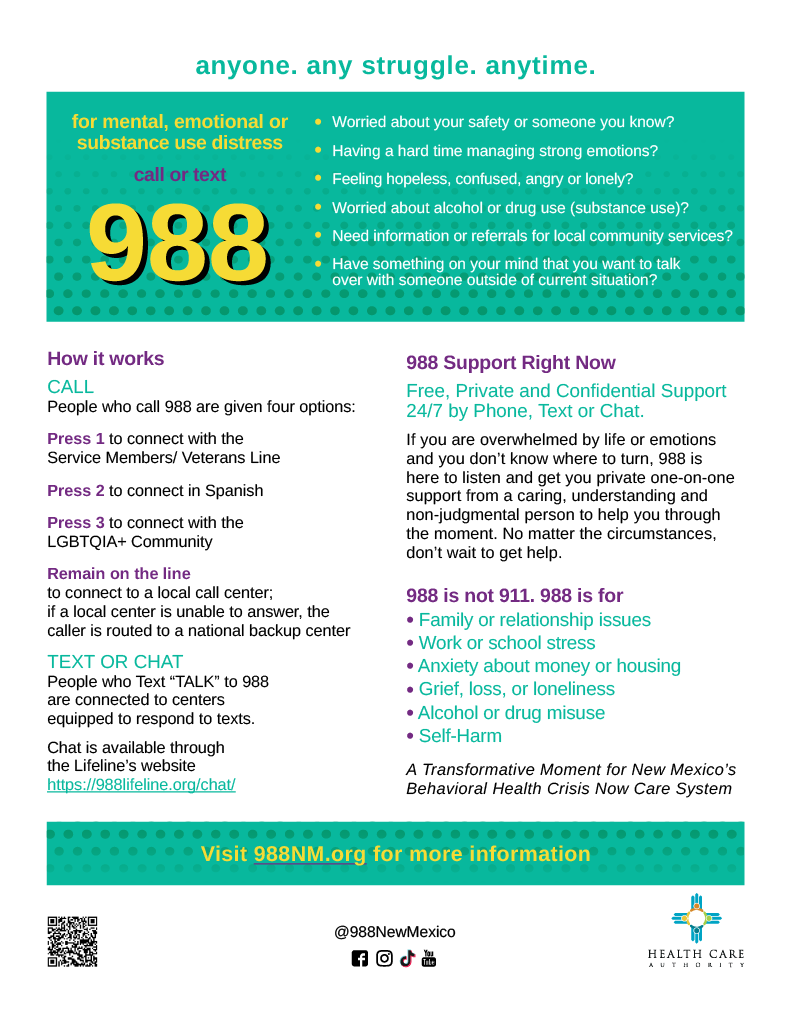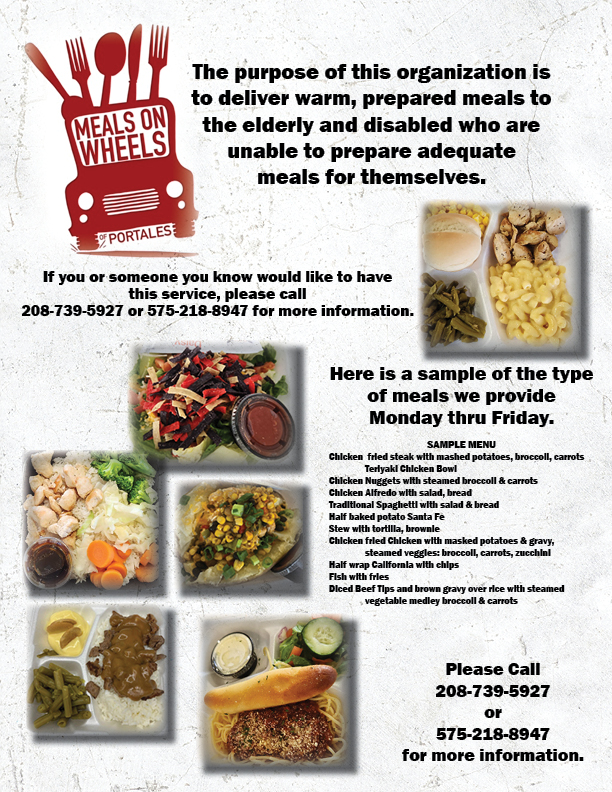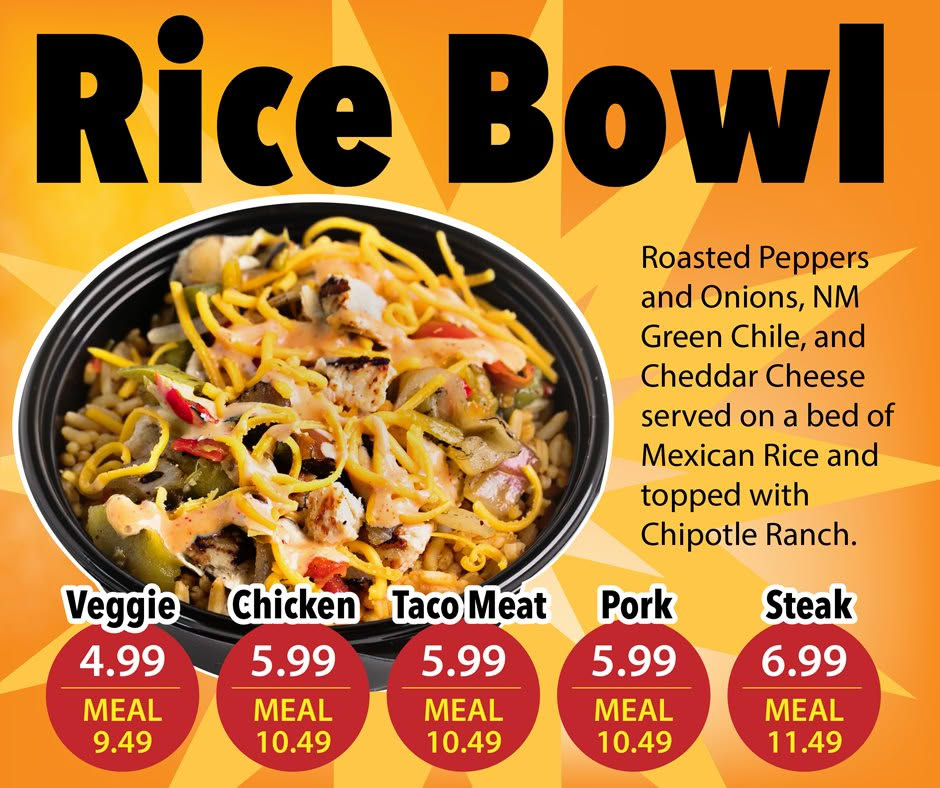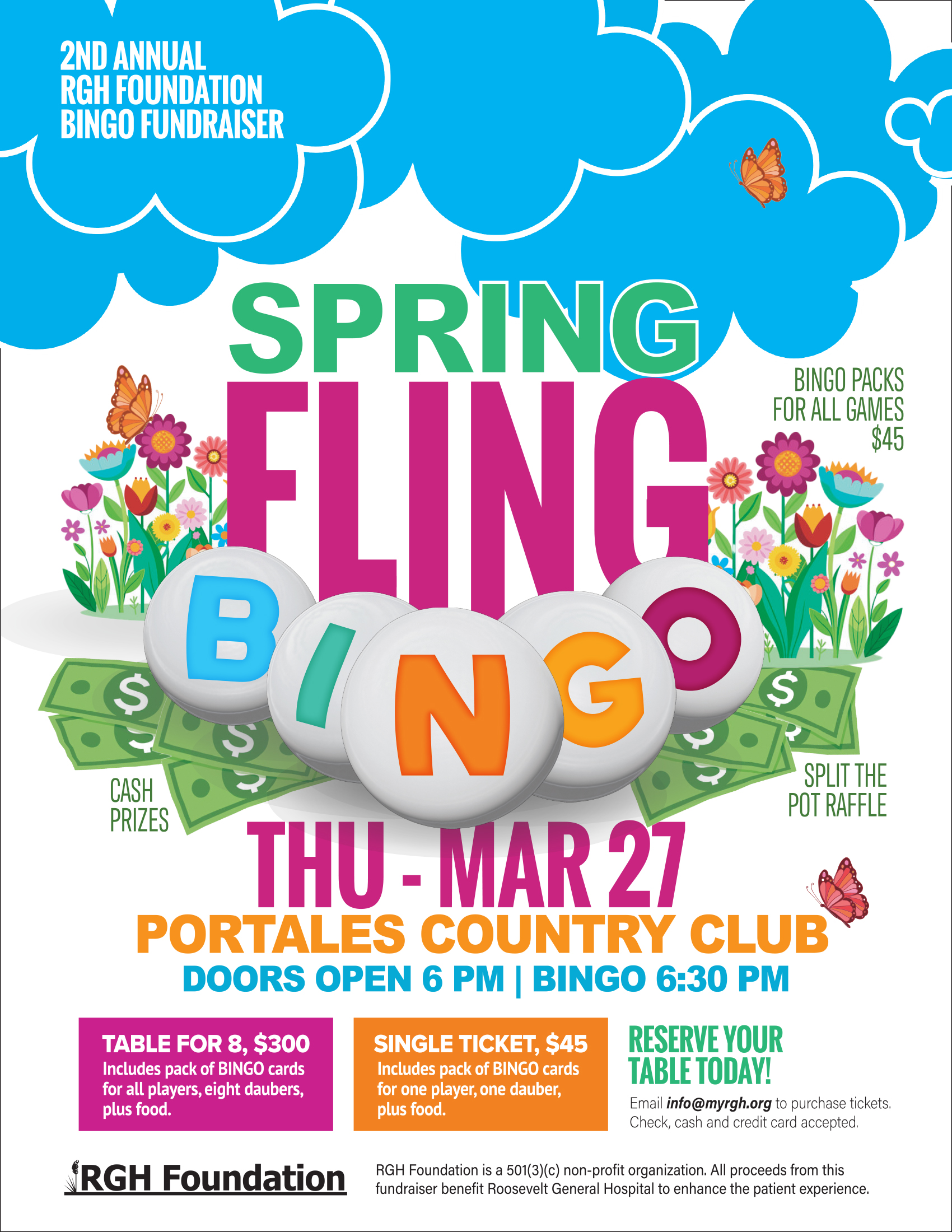February brings on several things in the United States: Groundhog Day, Black History month, Valentine’s Day and President’s Day. There is one event in February however, that many Americans celebrate, and even though it isn’t a national holiday, its an anticipated, exciting time for sports fans around the country. If you haven’t figured this out already, we are talking about the NFL Super Bowl. It’s an enormously popular sporting event that happens every February.
Millions of fans gather around their televisions to watch the National Football League’s (NFL) biggest game. In fact, it isn’t televised only in the United States. It airs in more than 170 countries, and is one of the most-watched sporting events worldwide.
With the big game comes elaborate halftime shows, celebrity appearances and the best commercials that will be broadcast all year. It’s safe to say that after more than 50 years of existence, the Super Bowl has become a legendary symbol of the American culture.
With the 55th Super Bowl airing on Sunday, February 7th, here’s everything you could know about football’s biggest day (according to History.com):
November 12, 1892 is a day that will forever be etched in sports history, but no one could have imagined the importance of that occasion. Why? On that day, the “Allegheny Athletic Association football team defeated the Pittsburgh Athletic Club. The game in itself was not a momentous event. But one of the circumstances of the game did make it a never-to-be-forgotten moment in sports history – one of the AAA players, William (Pudge) Heffelfinger, was openly paid $500 to play the game,” (profootballhof.com). The payment was the start of professional football in the United States.

In 1892, the sport of football was relatively new. It’s roots stemmed from two other sports, soccer and rugby. No one could have predicted what a national phenomenon the sport would become.
In 1920, the NFL was formed, and thus began the start of an organization that would change sports forever.
It wasn’t until 40 years later that a group of businessmen started their own league, the American Football League (AFL), after being denied team entries into the NFL. For several years thereafter, the NFL and AFL were bitter rivals, competing for players, supporters and fans.
6 years later, in 1966, the first Super Bowl was played by the NFL and AFL champions, and was called the ‘AFL-NFL World Championship Game.” The term “Super Bowl” was coined by the Kansas City Chief’s owner, Lamar Hunt shortly after.
By 1970, the two leagues had merged under the one name, the National Football League. That is when the two conferences were created, the National Football Conference (NFC) and the American Football Conference (AFC). The Super Bowl has been played by the two conference champions every year since.
Super Bowl I took place on January 15, 1967 with the Green Bay Packers facing the Kansas City Chiefs at the L.A. Coliseum, and even though tickets averaged just $12, it was the only Super Bowl to not sell out. It aired on 2 networks and drew around 61,000 fans. The Packers came out on top of the Chiefs, with a final score of 35-10. 54 Super Bowls later, the Kansas City Chiefs will face the Tampa Bay Buccaneers in Super Bowl 55.

There have been many memorable moments over the last 54 years of this massively popular game, but here are a few moments that stand out, according to several ESPN sports gurus:
Super Bowl LI (Feb. 5, 2017): In this epic game, the Patriots overcame a 25-point deficit to win against the Atlanta Falcons in the first overtime Super Bowl game in history.
Super Bowl XXV (Jan. 27, 1991): A missed field goal by the Bills gave the Giants their second Super Bowl win in five years.
Super Bowl XLIX (Feb. 1, 2015): The Seattle Seahawks decided to pass the ball, instead of running it at the 1-yard line, which resulted in an interception and a win for the Patriots.
Super Bowl XXXIV (Jan. 30, 2000): The St. Louis Rams stopped the Tennessee Titans at the 1-yard line to win the game.
Super Bowl XXXVI (Feb. 3, 2002): A game-winning field goal as time expired secured victory for the Patriots over the St. Louis Rams.
While some may consider it to be “just a game,” the Super Bowl has become a unique, shared experience in American Culture. It’s likely to be one of the, if not the only, time of the year viewers are glued to their television screens watching the same broadcast, even if they don’t care about the teams or the outcome.
So, whether you care about the teams this Sunday or you’re just watching for the commercials, enjoy taking part in American history and the entertainment this iconic event provides!

Fun Facts About the Super Bowl:
- The NFL restricts the use of the phrase “Super Bowl” for advertising purposes. Companies often must come up with creative alternatives, such as referring to it as the “Big Game.”
- With five defeats each, the Denver Broncos and New England Patriots are tied for the record for the most Super Bowl losses.
- The Pittsburgh Steelers and New England Patriots each have six Super Bowl victories—the most of any team. The Dallas Cowboys and San Francisco 49ers each have five wins.
- Teams that have never been to the Super Bowl include the Detroit Lions, the Jacksonville Jaguars and the Houston Texans.
- With 11 cameos, the Patriots have made the most Super Bowl appearances of any team.
- The championship team receives the Vince Lombardi Trophy, which is named after the legendary coach of the Green Bay Packers, who won the first two Super Bowls.
- Because the football season runs into two calendar years, Roman numerals are used to identify each Super Bowl.
- The Super Bowl venue changes each year, and no team has ever played in its home stadium, until this year!
- Super Bowl Sunday is the second-largest day for food consumption in the United States, with only Thanksgiving ahead of it.
- According to Nielsen ratings, Super Bowl LI drew an average of 111.3 million viewers in the United States. That’s more than one-third of the country’s population.
- A typical 30-second commercial that airs during the Super Bowl costs advertisers more than $5 million.
- Nearly 14 million Americans are expected to call in sick to work the day after the Big Game, which is sometimes dubbed “Super Sick Monday.”

Resources:
https://www.profootballhof.com/football-history/birth-of-pro-football/
https://www.history.com/.amp/topics/sports/super-bowl-history









